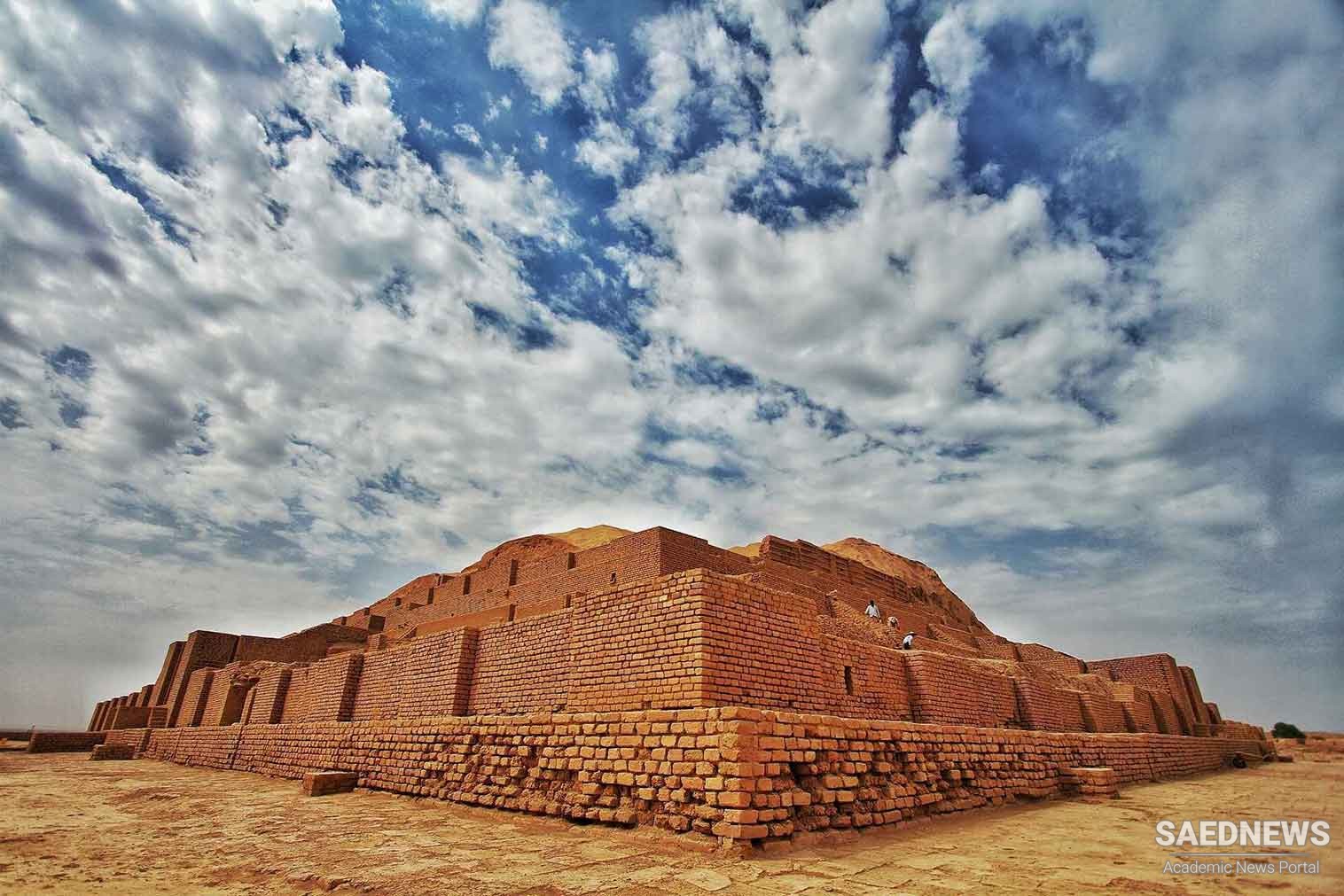Tchogha Zanbil historical region is an ancient city constructed by Elamite king in the 13th century BC. This city was consisted of different parts such as Ziggurat, concentric enclosed walls, entrance gateways, temples, houses, palaces, water disposal facilities and three inner, central and outer fences.
The holiest part of the city, Ziggurat (an Akkadian word used for multi-story temples in Elam and Mesopotamia), was an ancient worship place which is located on a hill along the Dez river bank.
Tchogha Zanbil Ziggurat, the first religious building in Iran, was constructed in five floors totally with the height of 52 m from which only 2 floors and half remained. The fifth floor, which was the highest floor and the place of the Susa special Gods, was exclusively used by the priest and the royal family. Gifted to two Elamite Gods, this building was constructed by mud brick and fired brick. Some bricks with the same inscriptions, carved in cuneiform characters are observable on the walls of temple on which we can see the name of king and his purpose of establishing the temple.
The building had been buried under the ground like an inverse basket for many centuries, and it was just recently, in Pahlavi II era, that the temple has been excavated by French archaeologist, Roman Ghirshman,


 UNESCO World Heritage Tourism Sites in Iran: Armenian Churches of Persia
UNESCO World Heritage Tourism Sites in Iran: Armenian Churches of Persia














































